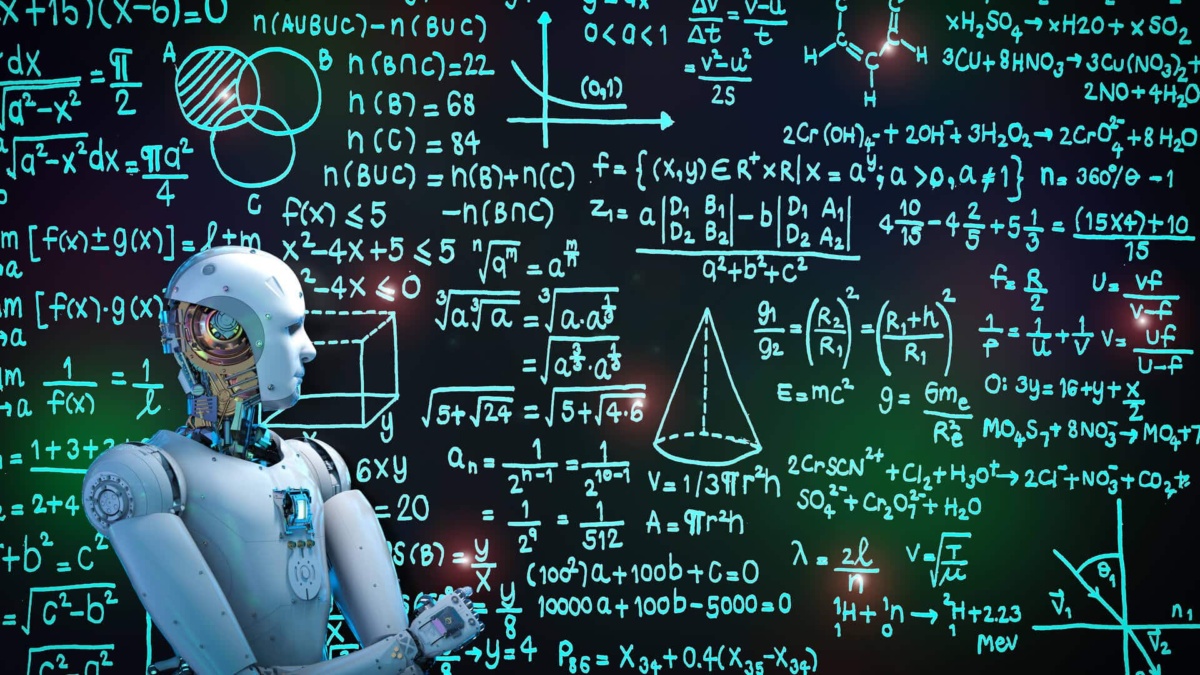In the world of technology, artificial intelligence (AI) stands out as both a beacon of promise and a source of considerable hype. With sensational headlines and sci-fi predictions capturing the public imagination, it’s essential to distinguish between the genuine capabilities of AI and the myths that often cloud public perception. This article aims to demystify AI by exploring its real-world applications, addressing common misconceptions, and setting realistic expectations for its future impact.
Personal Reflections on the Journey with AI
Over the years, as a CTO deeply immersed in the landscape of artificial intelligence, I have had the unique opportunity to witness its remarkable advancements and encounter its limitations firsthand. These experiences have not only shaped my understanding of technology but also influenced how I lead and innovate within my organization.
From Skepticism to Advocacy
In the early days of my career, I was skeptical about the hype surrounding AI. It seemed more like a futuristic ideal than a practical tool. However, my perspective shifted dramatically as I led projects that integrated AI into real-world applications. One of the first projects where I experienced the true potential of AI was the development of a predictive analytics tool for a retail client. The accuracy with which the tool forecasted inventory needs based on complex patterns of customer behavior was nothing short of a revelation. This success story turned me from a skeptic into an advocate for thoughtful AI integration.
Navigating Challenges
Despite these successes, the journey hasn’t been without its challenges. One particularly sobering experience involved an AI-driven project intended to automate certain customer service processes. The initial rollout was met with significant pushback due to the AI’s inability to understand nuanced customer complaints, leading to frustration from both customers and staff. This taught me a valuable lesson about the importance of setting realistic expectations and the need for human oversight in AI implementations.
What AI Can and Cannot Do
The Reality of AI Capabilities
AI encompasses a range of technologies, from machine learning algorithms and neural networks to natural language processing and computer vision. These technologies enable computers to perform tasks that typically require human intelligence, such as recognizing speech, interpreting complex data, and making decisions based on that data.
Example: Machine learning models are now routinely used in finance to predict stock market trends and in healthcare to diagnose diseases from imaging data. These applications demonstrate AI’s ability to analyze vast amounts of information quickly and with high accuracy—tasks that are challenging and time-consuming for humans.
The Limits of Current AI
Despite these advances, AI is not the omnipotent force it is sometimes portrayed as. It excels in specific, well-defined tasks but struggles with ambiguity and tasks that require broad, general knowledge or common sense.
Example: AI models can generate text based on patterns learned from a dataset, but they often produce nonsensical or factually incorrect outputs when faced with topics outside their training data—a phenomenon sometimes referred to as “AI hallucination.”
Debunking AI Myths
Myth 1: AI Can Think Like Humans
One of the most persistent myths is that AI systems possess human-like intelligence or consciousness. In reality, AI operates within a constrained set of rules and learns from data without any awareness or understanding of the content.
Example: Chatbots can simulate conversation by predicting text responses based on input but do not understand or engage with conversation as humans do.
Myth 2: AI Will Replace All Jobs
Another common fear is that AI will automate all jobs, leading to widespread unemployment. While AI will undoubtedly change the job landscape by automating routine tasks, it also creates new opportunities in tech-driven fields and enhances human capabilities in existing roles.
For example, AI has automated tasks in manufacturing, but it has also created jobs in AI maintenance, development, and supervision.
Myth 3: AI Will Soon Achieve Human-Like Consciousness
The Myth: A prevalent belief is that AI is on a fast track to developing consciousness or self-awareness, leading to machines that can think, reason, and make decisions just like humans.
The Reality: AI operates based on algorithms and data—it does not possess consciousness or self-awareness. AI systems perform tasks by recognizing patterns and making predictions based on the data they are fed. The notion of AI reaching human-like consciousness stems more from science fiction than scientific reality. Current AI technologies, including those using deep learning and neural networks, are far from acquiring the subjective experiences or emotions that characterize human consciousness.
Myth 4: AI Can Solve Complex Problems on Its Own
The Myth: There’s a misconception that AI systems can independently solve complex problems without human intervention, oversight, or even initial setup.
The Reality: While AI can assist in solving complex problems by processing large volumes of data and identifying patterns faster than humans, it still requires human input for setting objectives, defining parameters, and making sense of the results. AI depends heavily on the quality of the data it receives and the instructions programmed by humans. Without well-defined goals and ethical guidelines, AI can produce misleading or incorrect outputs.
Setting Realistic Expectations for AI’s Future
Incremental Improvements and Specialized Applications
The future of AI lies in incremental improvements and increasingly specialized applications. As researchers address current limitations, such as bias in training data and the brittleness of machine learning models, AI will become more reliable and useful across a broader range of contexts.
Example: Ongoing research in AI ethics aims to make AI systems fairer by ensuring that they do not perpetuate or exacerbate existing biases.
The Role of Regulation and Ethics
As AI becomes more pervasive, the role of regulation and ethical considerations becomes crucial. Ensuring that AI is developed and used responsibly will help prevent abuses and mitigate risks associated with privacy, security, and social equality.
Example: The European Union’s General Data Protection Regulation (GDPR) includes provisions that regulate the use of AI in processing personal data, aiming to protect individuals’ privacy rights.
Final thoughts
By understanding the realities of what AI can and cannot do, we can better navigate its benefits and limitations. It’s crucial to approach AI with a balanced perspective, recognizing its potential to transform industries and improve lives while also acknowledging the challenges it presents. Through informed debate, continuous research, and thoughtful regulation, we can ensure that AI serves as a force for good in society, enhancing our capabilities without undermining our values.






